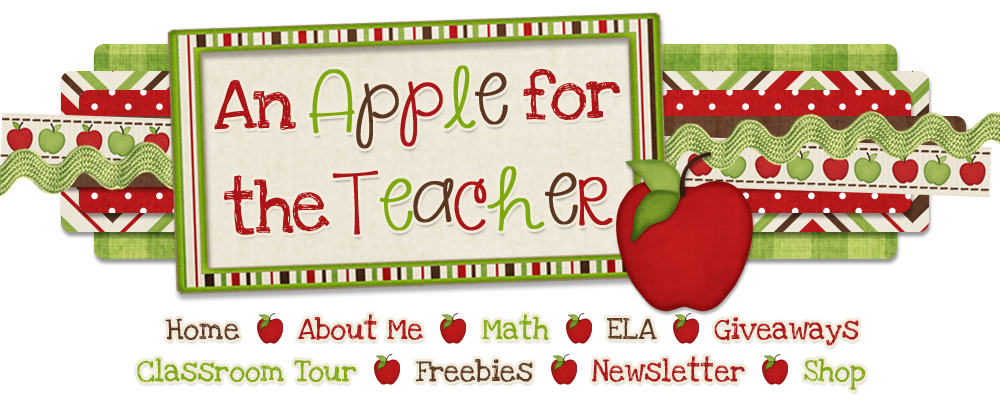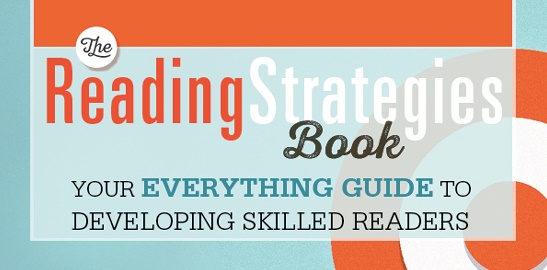Welcome to our book study of The Reading Strategies Book: Your Everything Guide to Developing Skilled Readers by Jennifer Serravallo! I am joining forces with some other fabulous teacher bloggers to discuss the reading strategies we come across in this AMAZING professional text! If you missed my first post about this book study, you can find it here, along with a suggested way to set up your book for easy reference.
You can also find my thoughts and ideas on other goals in this book below:
Goal 1: Supporting Pre-Emergent and Emergent Readers
Goal 2: Reading Engagement
Goal 3: Supporting Print Work
Goal 4: Teaching Fluency
Goal 5: Supporting Comprehension in Fiction - Main Idea and Plot
Goal 6: Supporting Comprehension in Fiction - Characters
Stories are filled with morals, ideas, and issues, although many aren't specifically stated by the author. According to Stephanie Harvey and Anne Goudvis (2000) "Themes in books are the underlying ideas, morals, or lessons that give the story its texture, depth, and meaning. The themes are rarely written out in the story. We infer themes."
Serravallo says that it is important to teach children to think about themes, ideas, and symbolism, because when they think with more depth about the reading, that's when reading really begins to matter. She says "...it becomes about letting stories help us see our world, feel something, question our own beliefs."
Determining if this goal is right for a student
It's important to keep in mind the task you are asking the child to do (determining theme) and the text (reading level) as you are assessing your students.
Prior to level K, lessons are clearly connected to what the character learns and is sometimes explicitly stated in the text.
By third grade (levels M-P), it's more likely students will need to infer the theme. Serravallo suggests looking to see if a student can name a theme as a sentence rather than just a single word.
Around levels R/S, texts often have multiple themes. You might ask the student, "What else?" or "Do you have any other ideas?" to see if they are picking up on more than one theme.
Focus Strategy 1: The Difference Between Plot and Theme
Students often have a difficult time differentiating between plot and theme. We can tell them, "Plot is what happens in the story, and theme represents the bigger ideas of the story."
Serravallo suggests having students think about the plot, what is happening in the story, and then asking themselves, "What's the big idea about what's happening in the story?"
You might make an anchor chart like the one below. This one is based on one of my favorite read alouds, How to Steal A Dog.
Focus Strategy 2: What Can Characters Teach Us?
In this strategy, Serravallo suggests having students list out some positive traits of a character in their book. Then have them ask themselves, "What can this character teach me about living, to be a better person?"
When I read this strategy, I immediately thought of the character Jack Will in the book Wonder. He is courageous enough to continue being friends with Auggie even though most of the school treats him badly because of it. Students might say that they could learn to do the right thing even if it isn't always easy.
Focus Strategy 3: What Are You Left With?
In this strategy, students focus on the last paragraph or page in a book. Often the author will end the book with a lesson.
This strategy reminded me of the last line of Alexander and the Terrible, Horrible, No Good, Very Bad Day. The last line is:
"My mom says some days are like that. Even in Australia."
Students might see that the author could be trying to teach them that you can't run away from your problems.
Remember, we are only picking and choosing some of the strategies to share with you - there are so many more great ones in this section as well as the rest of the book!
If you would like to purchase the book mentioned above, you can find it here.
Other books by this author that I LOVE!
This post contains affiliate links. I earn a small commission each time someone makes a purchase using one of my links, which helps to support the blog. All opinions are my own and I only promote brands and products that I have used myself and truly love.
Melissa from Peas in a Pod Lessons is officially hosting goal 7 over at her blog, so make sure you head over there to see which strategies she chose to share! While you are there, be sure to leave some comment love!

If you would like to link up your own blog posts about this book, feel free to do so in the linky below!








No comments:
Post a Comment